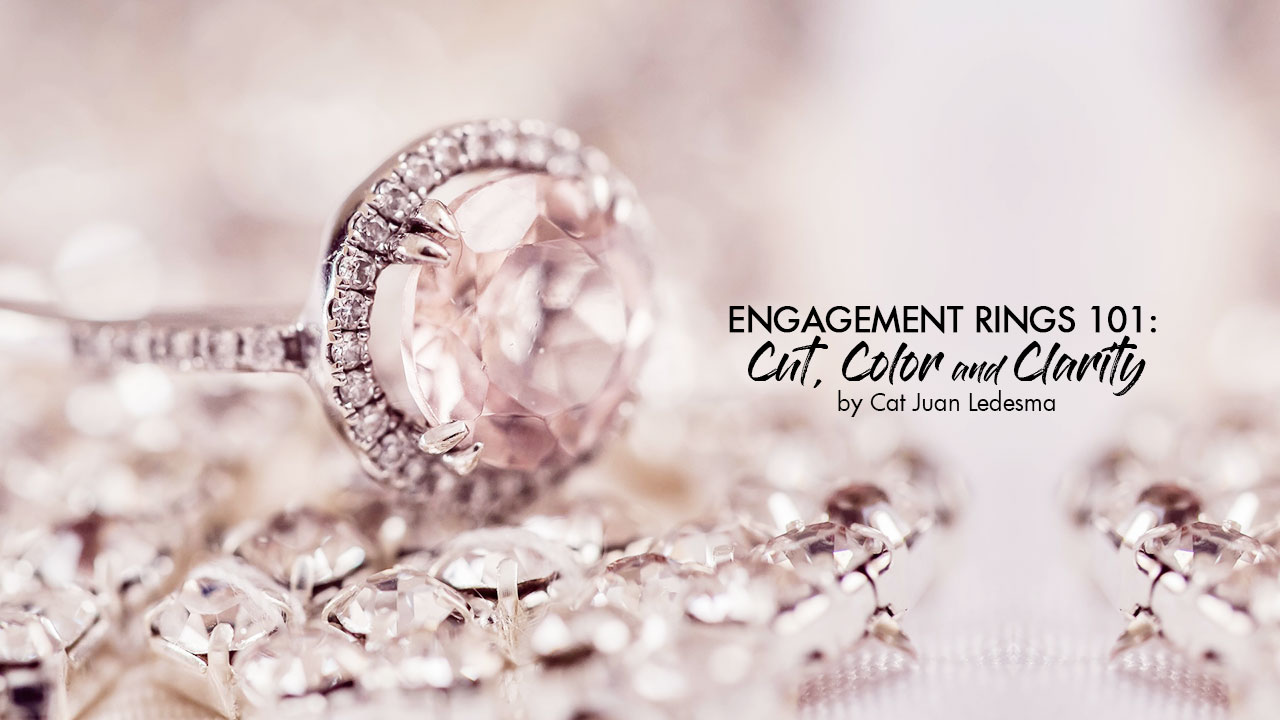
Wedding bells might just be ringing in your horizon, so it’s time to get a little bit more knowledgeable about the engagement ring of your dreams. Engagement rings are often judged on 4Cs: cut, color, clarity, and carat.
Here’s a quick guide to help you!
CUT
This is the shape of the diamond and is often seen as the most important aspect of choosing an engagement ring.
The cut of the diamond is one important factor in determining its brilliance. When a diamond is well cut, light is able to reflect off of the diamond’s facets, which creates the sparkle that makes these gemstones so popular. Of the four C’s, the cut has the biggest impact upon the beauty of the stone, as a poorly cut diamond simply won’t have the oomph that a higher quality gemstone possesses.
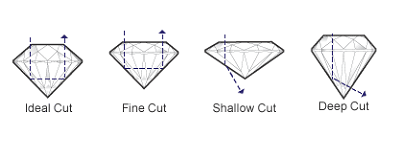
When considering different cuts of diamonds, be sure to pay close attention to three attributes:
- Brilliance – the amount of light return offered by the diamond
- Fire – the flashes of color that are reflected off the diamond
- Scintillation – the amount of sparkle
If a diamond is cut properly, it will display all three qualities, as the facets will but cut at an angle that allows light to reflect from the top of the stone, rather than seep through the bottom or sides. We suggest to determine which shape you prefer, as this is not the same as the cut. For example, an “emerald” diamond is rectangular in shape, while a “princess” cut is square. Each shape will also have a different amount of facets, which has a direct impact upon the brilliance, scintillation, and fire of the stone.
Round Brilliant Cuts
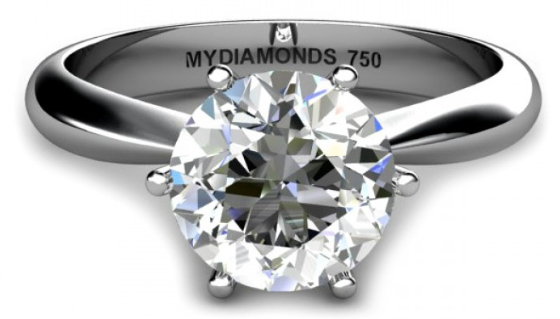
These are your classic, beautiful engagement ring shapes.
Princess Cuts
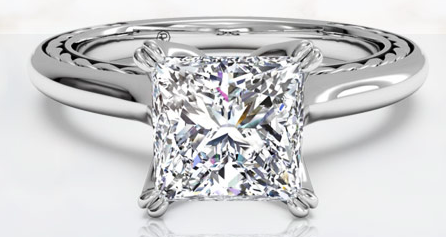
These come in square or rectangular shapes, yet still have the same sparkle of the round cut.
Marquis Cuts
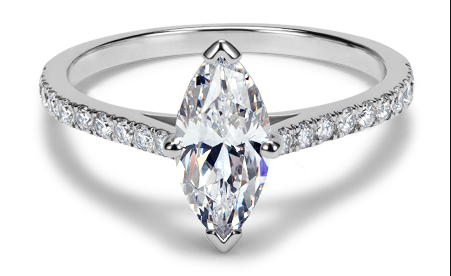
These look like tear drops and are very vintage and dainty-looking.
Cushion or Pillow Cuts
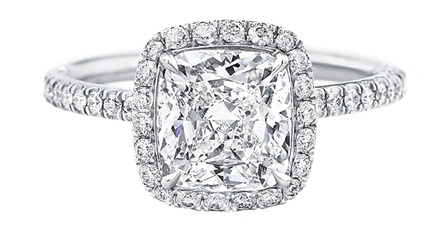
Rounded edges on a square or oval diamond. This is a popular cut that seems to pass the test of time.
Emerald Cuts
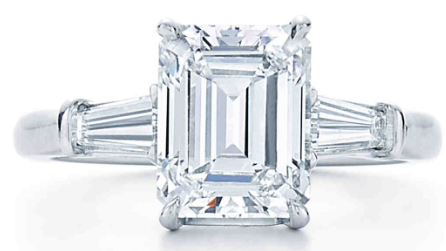
Because of their flat and clear table, emerald cut diamonds are the first to show any flaws, so the diamond has to be impeccable.
COLOR
Color or lack of, is what makes a diamond look like a sparkling piece of light on your finger. The more yellow the diamond, the lower it falls on the color scale, while whiter diamonds are on the more expensive side.
When choosing a diamond, you’ll actually want to look for a stone that lacks color, unless you prefer colored diamonds, such as a yellow canary diamond. Stones that are marked as D, E, or F on the color grading scale are considered to be colorless, while those that fall under G, H, or I are near-colorless on the diamond color scale.
CLARITY
This is the slight clouding, cracks, or imperfections noted on the diamond. Oftentimes, these cannot be seen with the naked eye.
The clarity of the diamond is determined by the number and size of inclusions it has. These inclusions are natural flaws that affect the overall look of the stone. Typically, these inclusions can be viewed under 10-power magnification, which is used to determine the stone’s place on the diamond grading scale. If a stone has very few inclusions, it is typically more expensive, given that the light is able to reflect off the gemstone without being hindered by its flaws. If a diamond is free of inclusions, it is considered to be “flawless” and usually comes at a steep price given its rarity.

CARAT
We all know that carat refers to the size and weight of the diamond though honestly, this isn’t something you should be concerned about. The carat size of a diamond is generally not as important as other aspects of the diamond grading scale, such as the cut, given that it does not have a direct bearing upon the brilliance or sparkle of the diamond itself. A partner who knows you and knows what’s important to you will surely give you the ring of your dreams!



